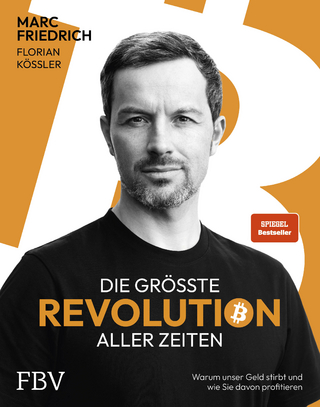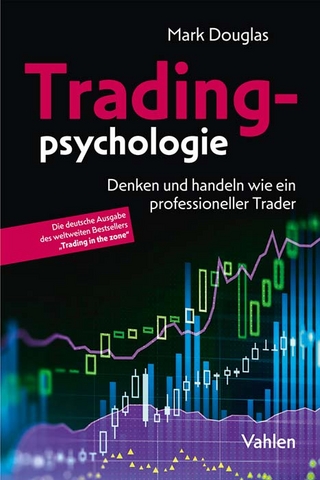
Why is there Money?
Edward Elgar Publishing Ltd (Verlag)
978-1-84844-856-8 (ISBN)
It has long been recognized that the fundamental theoretical analysis of a market economy is embodied in the Arrow-Debreu-Walras mathematical general equilibrium model, with one great deficiency: the analysis cannot accommodate money and financial institutions. In this groundbreaking book, Ross M. Starr addresses this problem directly, by expanding the Arrow-Debreu model to include a multiplicity of trading opportunities, with the resultant endogenous derivation of money as the carrier of value among them. This fundamental breakthrough is achieved while maintaining the Walrasian general equilibrium price-theoretic structure, augmented primarily by the introduction of separate bid and ask prices reflecting transaction costs. The result is foundations of monetary theory consistent with and derived from modern price theory.
This fascinating book will provide a stimulating and thought-provoking read for academics and postgraduate students focusing on economics, macroeconomics, macroeconomic policy and finance, money and banking. Central bankers will also find much to interest them within this book.
Contents:
Introduction: Why is There No Money?
1. Why is There Money?
2. An Economy Without Money
3. The Trading Post Model
4. An Elementary Linear Example: Liquidity Creates Money
5. Absence of Double Coincidence of Wants is Essential to Monetization in a Linear Economy
6. Uniqueness of Money: Scale Economy and Network Externality
7. Monetization of General Equilibrium
8. Government-Issued Fiat Money
9. Efficient Structure of Exchange
10. Microfoundations of Jevons's Double Coincidence Condition
11. Commodity Money Equilibrium in a Convex Trading Post Economy
12. Efficiency of Commodity Money Equilibrium
13. Alternative Models
14. Conclusion and a Research Agenda
Bibliography
Index
Ross M. Starr, University of California, San Diego, US
Contents: Introduction: Why is There No Money? 1. Why is There Money? 2. An Economy Without Money 3. The Trading Post Model 4. An Elementary Linear Example: Liquidity Creates Money 5. Absence of Double Coincidence of Wants is Essential to Monetization in a Linear Economy 6. Uniqueness of Money: Scale Economy and Network Externality 7. Monetization of General Equilibrium 8. Government-Issued Fiat Money 9. Efficient Structure of Exchange 10. Microfoundations of Jevons’s Double Coincidence Condition 11. Commodity Money Equilibrium in a Convex Trading Post Economy 12. Efficiency of Commodity Money Equilibrium 13. Alternative Models 14. Conclusion and a Research Agenda Bibliography Index
| Erscheint lt. Verlag | 29.2.2012 |
|---|---|
| Verlagsort | Cheltenham |
| Sprache | englisch |
| Maße | 156 x 234 mm |
| Themenwelt | Sozialwissenschaften ► Politik / Verwaltung ► Staat / Verwaltung |
| Wirtschaft ► Allgemeines / Lexika | |
| Wirtschaft ► Betriebswirtschaft / Management ► Finanzierung | |
| Betriebswirtschaft / Management ► Spezielle Betriebswirtschaftslehre ► Bankbetriebslehre | |
| Wirtschaft ► Volkswirtschaftslehre ► Finanzwissenschaft | |
| Wirtschaft ► Volkswirtschaftslehre ► Makroökonomie | |
| Wirtschaft ► Volkswirtschaftslehre ► Wirtschaftspolitik | |
| ISBN-10 | 1-84844-856-2 / 1848448562 |
| ISBN-13 | 978-1-84844-856-8 / 9781848448568 |
| Zustand | Neuware |
| Haben Sie eine Frage zum Produkt? |
aus dem Bereich


